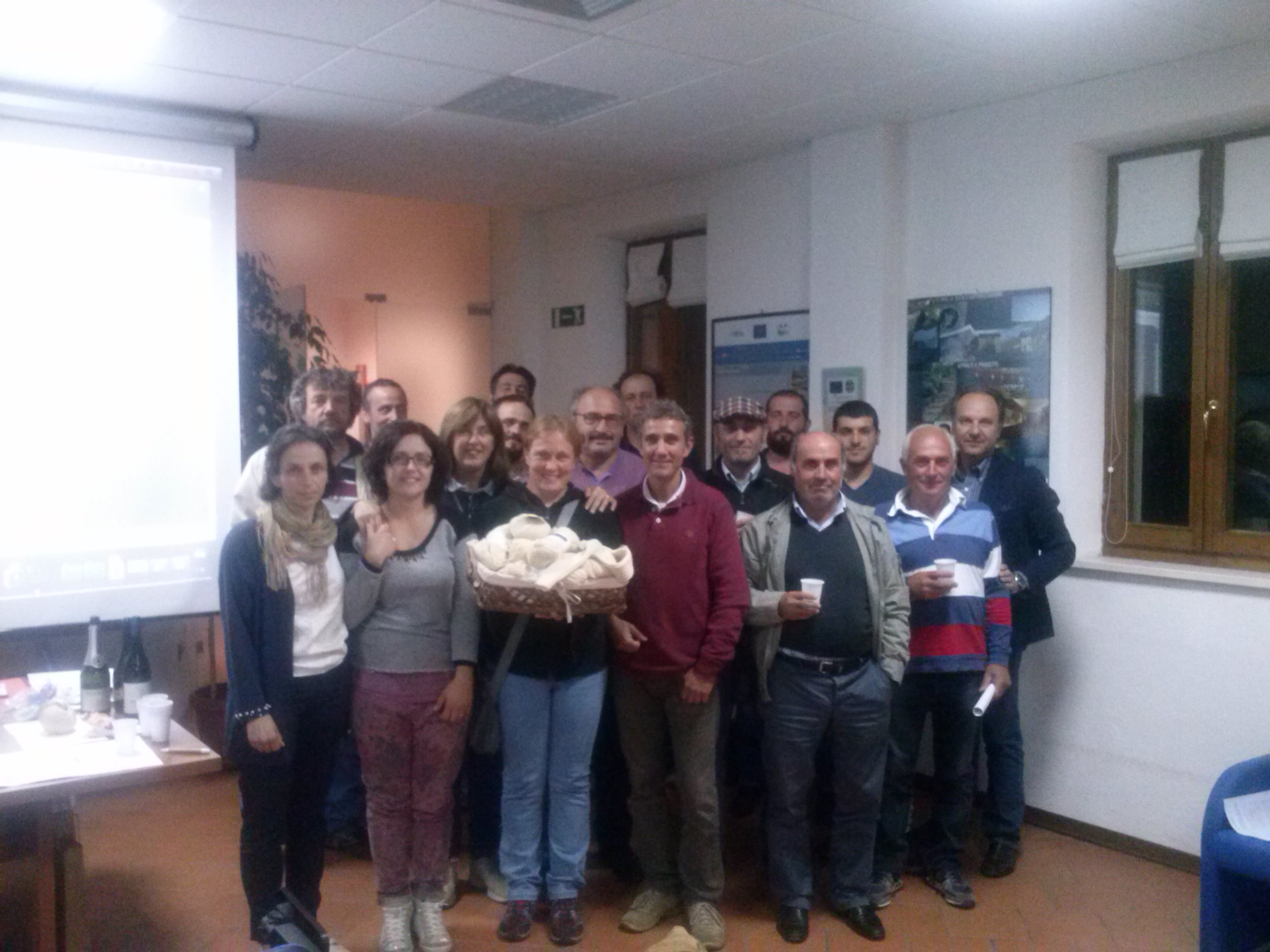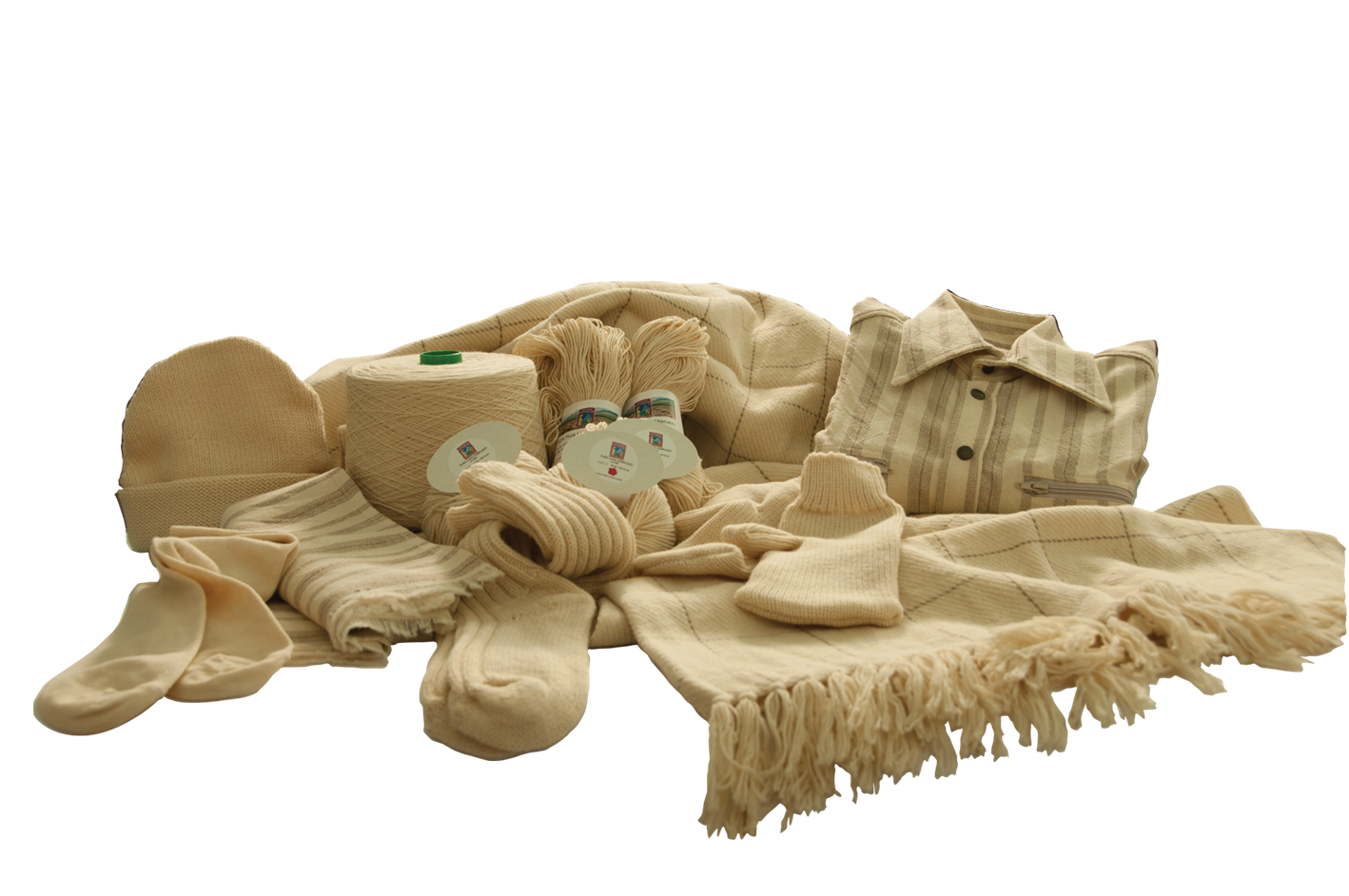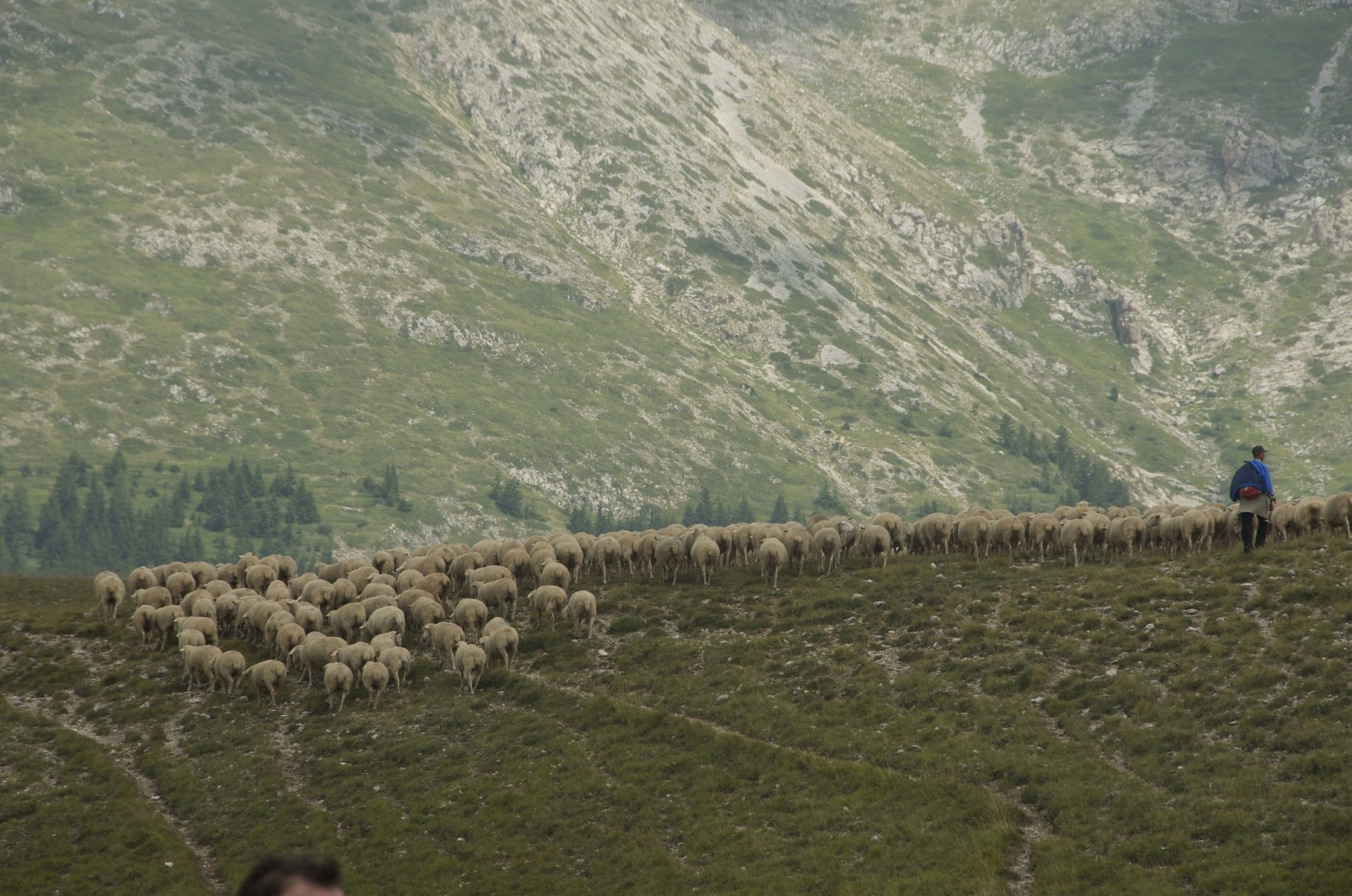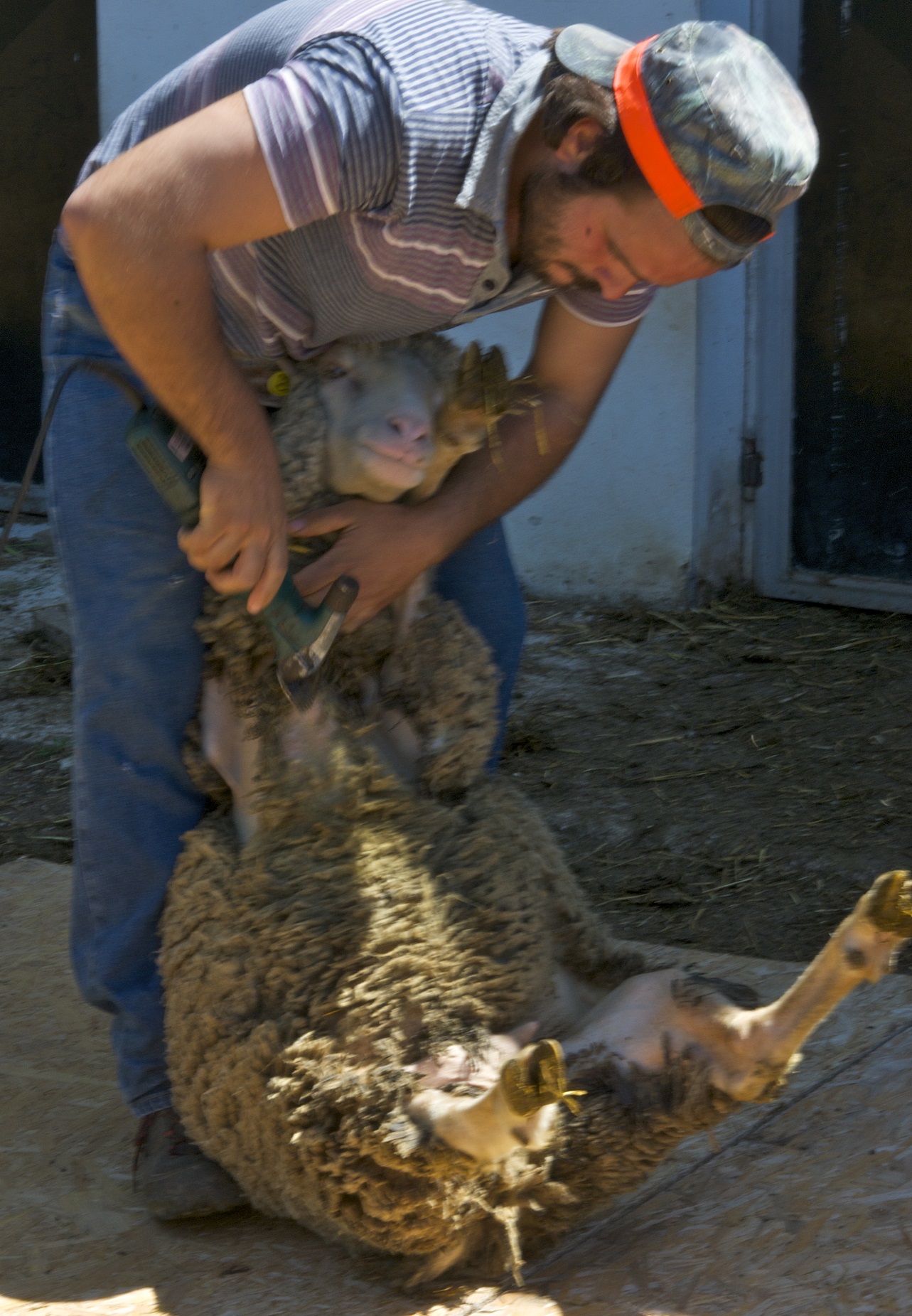Case Study
Pecunia Project: valorisation of wool produced in a protected area
Contact name
Silvia De Paulis; Luca Schillaci
Institution name
National Park of Gran Sasso and Monti della Laga
Region & country
Abruzzo Region - Italy
Summary
Wool used to be a major product of sheep farming in the past centuries. Presently, the traditional wool industry has disappeared, and farmers shifted to meat and cheese oriented breeds, and of low wool quality. The wool obtained from seasonal sheep shearing cannot even repay trimming costs, and wool became a special waste. The production chain of wool had to be rebuilt from the start. The Park fostered training in best techniques for wool trimming, handling, selection, in order to increase its added value. The farmers’ interest towards wool grew, leading some of them to invest in wool-oriented breeds, transformation and marketing of their own yarn. As an outcome of the project, a producers’ association was born and wool price increased.

Stakeholder meeting
Photo by: Luca Schillaci

Wool products and local goods
Photo by: Luca Schillaci

Flock pasture sheep - Campo Imperatore, L'Aquila
Photo by: Luca Schillaci

Sheep shearing - Barisciano, L'Aquila
Photo by: Luca Schillaci
Background of the project
Sheep farming was in steep decline. Most of the wool was unsold and disposed of, as its market value had reached the lowest level ever. There was no interest neither in farmers nor in industry to talk about local wool chain of production. Each farmer had to take care of wool sale or disposal on his own and had no contractual power. Farmers did not believe it worth to preserve wool quality adopting the best shearing and handling practices, determining a further lowering of the wool market value.
In order to halt sheep grazing decline, it was necessary to find new added value to balance its higher costs: wool was identified as an aspect which could be turned from a problem to a resource. A change in attitude among farmers was needed, enabling them to see the potential of wool as a valuable product. Thus, their income could be increased, making sheep farming a profitable business again. This, in turn, could help make sheep farming a viable activity with a positive ecological impact.
Solution and actions taken
A critical point in the creation of the market value of the wool was the dimension of the wool commercial lot. Also, some common mistakes in the handling process on farm were the main cause of the low overall value of the wool lot. These could be addressed easily by awareness raising and training of the farmers, thus determining a better value of the product. In order to achieve greater lot dimensions, collection and selection centres were necessary.
Guidelines for trimming were devised and disseminated, and a training course on wool quality selection was offered to interested farmers. A system for product tracking was implemented, so that each farmer could get a feedback on the quality of his wool and the consumer could know exactly where the wool came from. A wool standardized collection system was set up to address handling issues. A greater wool lot was collected and selected, which was sold on the market at a higher price than before.
Other institutions or parties involved
- Biella Wool Company is a consortium including all wool production chain actors, that specialized in dealing with smaller producers. They offered expertise in wool selection criteria and marketing strategies, spin raw wool into yarn and sell it on world market.
- ARA (regional livestock breeders’ association) gave support in dissemination and accountability.
Results
An Association of local producers was born. Almost 100 farmers collect up to almost 30.000 kg of wool yearly. More than 500 kg of yarn were returned and sold on farm. The project caused an increase in the value of raw wool of at least 50%. Job opportunities arose for wool selection, while the opportunity of having yarn returned to farm opened up further opportunities in dyeing and local craft. The same approach was extended in other Italian regions; a National coordination is being set up.
Challenges
The main difficulties which had to be overcome were: farmers’ reluctance towards innovation and cooperative action, disregard of the wool potential as a valuable product, resistance to an increased market power of the farmers. As the Park did not offer to buy the wool or any other economical guarantee, but encouraged farmers to take responsibility, personal engagement made the difference between success and drop out among farmers.
Lessons learned
Market mechanisms can be used with success to conjugate support to local economy and nature conservation, giving stronger results than direct financial aid. Personal motivation and engagement is a crucial part in inducing a permanent change in attitude, and occasions for know-how exchange between craftsmen is a powerful tool to achieve both of them while also acquiring new skills. Famers learned the importance of cooperation for a common goal.
Contact name
Silvia De Paulis; Luca Schillaci
Institution name
National Park of Gran Sasso and Monti della Laga
Website(s)
